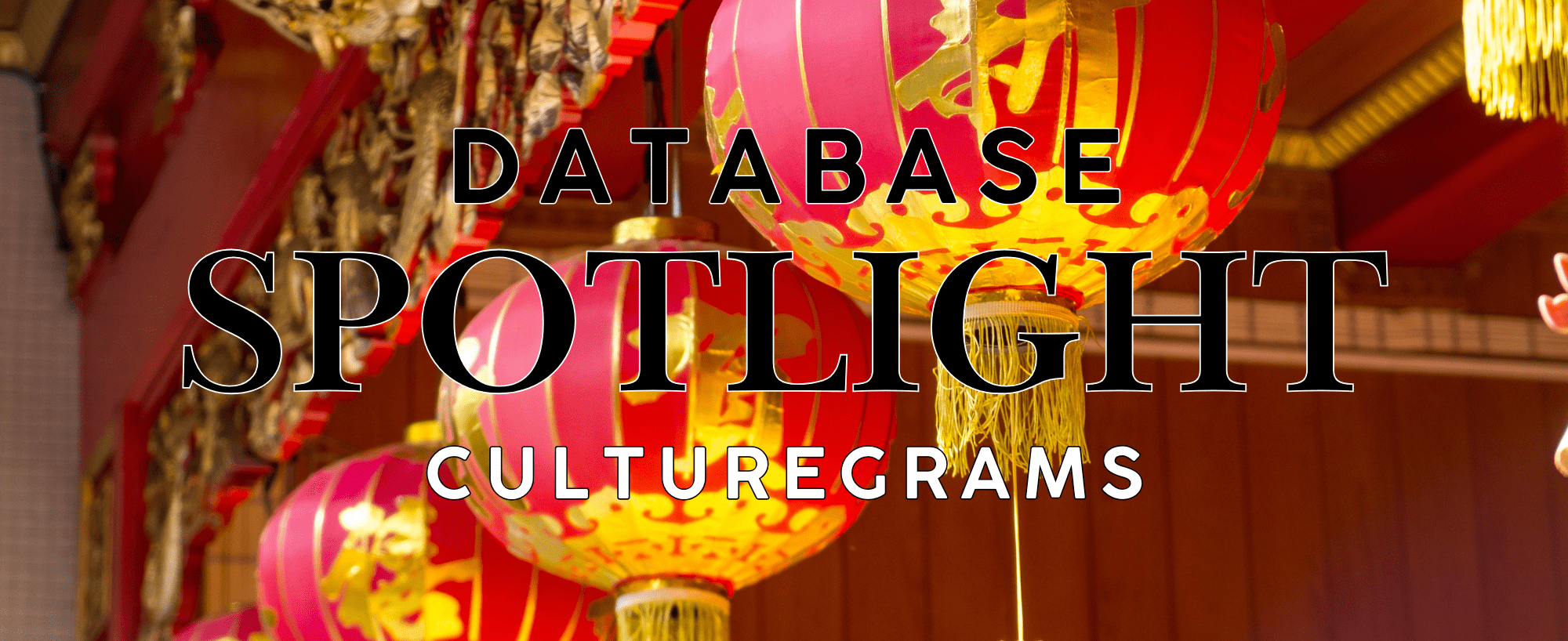
Introduction
The Lunar New Year is a time of renewal, celebration, and cultural connection observed by millions of people worldwide. Often associated with the Chinese calendar, the Lunar New Year spans many countries and communities, each with its own unique traditions.
Rooted in the lunar calendar, Lunar New Year started as a time to feast and honor household deities, heavenly gods, and ancestors. This year, in 2025, the New Year begins on Wednesday, January 29, with the first new moon, and lasts 15 days, ending on Wednesday, February 12, with the arrival of the full moon.
This holiday also marks the beginning of spring and celebrates new beginnings.
Lunar New Year Around the World
While commonly called Chinese New Year, the Lunar New Year is celebrated across Asia and beyond:
- China: Known as Spring Festival (春节), this 15-day celebration includes family reunions, firecrackers, and the Lantern Festival. Red decorations and envelopes symbolize good luck and prosperity.
- Vietnam: Called Tết, the Vietnamese Lunar New Year is marked by ancestral worship, special foods like bánh chưng, and cleaning homes to remove bad luck.
- Korea: Known as Seollal, the Korean New Year involves paying respect to ancestors, wearing traditional clothing (hanbok), and eating rice cake soup (tteokguk) for longevity.
- Mongolia: Tsagaan Sar is celebrated with white foods like dairy products, symbolizing purity, and exchanging well wishes.
- Other countries: Regions in Singapore, Malaysia, Indonesia, and the Philippines celebrate with festivals and family traditions, blending cultural influences.
Typical Traditions and Their Meanings
In Chinese mythology, Nian (年) is a fearsome beast said to emerge at the end of each year to terrorize villages, devour crops, and frighten people. According to legend, Nian was driven away by the color red, loud noises, and bright lights. To protect themselves, villagers decorated their homes with red banners, wore red clothing, and lit firecrackers to create noise and flashes of light that scared Nian away. These practices evolved into vibrant traditions that remain an integral part of Lunar New Year celebrations today, symbolizing the triumph of good fortune over misfortune and ensuring a prosperous year ahead.
While customs vary, many Lunar New Year traditions share common themes of renewal, family, and prosperity:
- Reunion dinners: Families gather for a feast featuring symbolic dishes like dumplings (wealth) and fish (abundance).
- Red envelopes (hongbao or ang pao): Also known as red packets or pockets, these envelopes contain money intended to pass good fortune from elders to children. They can also be exchanged between employers and employees, colleagues, and friends as a gesture of goodwill and prosperity. Any amount with the number “4” is to be avoided because the pronunciation of four resembles the character for “death.”
- Cleaning and decorating: Homes are cleaned to sweep away bad luck and decorated with red lanterns, banners, and floral blooms to attract positive energy.
- Festivities: Parades, dragon dances, and fireworks create vibrant spectacles, driving away evil spirits and welcoming the new year.
The festivities culminate on the fifteenth day with the Lantern Festival. On this night, colorful lanterns are displayed, and people often solve riddles written on them. Traditional foods like rice balls are enjoyed, symbolizing family unity and completeness.
Check out our database CultureGrams to see how countries all over the world celebrate the Lunar New Year!
The Chinese Zodiac Folktale
The Chinese zodiac is deeply intertwined with classical Chinese philosophy, religious traditions, and mythology. According to a popular folk tale, the 12 zodiac animals were chosen to symbolize different facets of human personality and compatibility. Dr. Jonathan H. X. Lee, Professor of Asian American Studies at San Francisco State University, describes the origin of the zodiac animals:
"The tale describes a race to cross a river. The race was organized by the Jade Emperor, the highest-ranking deity (God) in traditional Chinese folk religion. In some variations of the tale, the Buddha organized the race. The first 12 animals to reach the end would become symbols of the zodiac.
Many different animals lined up at the riverbank to take part in the race. The rat and cat could not swim, so they asked the ox to carry them across. As they were crossing the river, the rat pushed the cat into the river.
The rat then jumped off and was the first to cross. For this reason, the rat is the first sign of the zodiac, and the ox is the second. This part of the story also explains why there is no cat in the zodiac.
Shortly after, the tiger made it across the river, taking the third position. The rabbit sat on a log and floated across to finish fourth. The dragon helped by blowing the rabbit across the river. The Jade Emperor was surprised that the dragon finished fifth since this creature could fly. The dragon explained that it had to stop to make rain for villages in need of water. The horse came next, but a snake that had coiled around the horse’s hoof jumped ahead. The surprised horse took a step back and finished seventh.
A raft appeared next, carrying the rooster, monkey, and goat. The rooster had found the raft, and the goat and monkey had cleared the weeds and pushed the raft to the opposite side. The Jade Emperor was pleased with their teamwork and declared the goat the eighth in the zodiac, the monkey ninth, and the rooster tenth. The next animal to finish was the dog, which surprised the emperor because that animal was the best swimmer. The dog explained that he had been playing in the water and had lost track of time. The last animal to cross was the boar, who had stopped to eat and then fallen asleep."
Year of the Snake
2025 is the year of the Snake! Recent Snake years include 1953, 1965, 1977, 1989, 2001, and 2013. In Chinese culture, your Ben Ming Nian, or zodiac birth year is considered bad luck. So, to all those Snakes out there make sure to wear red clothing or jewelry during the year to keep away any misfortune! Check out your new year horoscope here!
Is this year your Ben Ming Nian? Which Zodiac Animal are you? Let us know in the comments!
References
Chinese New Year. “Year of the Snake: Fortune, Personality, Horoscope (2025).” https://chinesenewyear.net/zodiac/snake/.
Columbia University. “Asia for Educators.” https://afe.easia.columbia.edu/special/china_general_lunar.htm.
History.com Editors (2025). “Lunar New Year 2025.” HISTORY. https://www.history.com/topics/holidays/chinese-new-year.
Lee, J. H. (2024). Chinese zodiac. In World Book Advanced. https://www.worldbookonline.com/advanced/article?id=ar756766
ProQuest. (2025). China: Holidays. CultureGrams Online Edition. https://online.culturegrams.com/world/world_country_sections.php?&contid=3&wmn=Asia&cn=China&sname=Holidays&snid=16&cid=34




Add a comment to: Explore Lunar New Year Around the World with CultureGrams